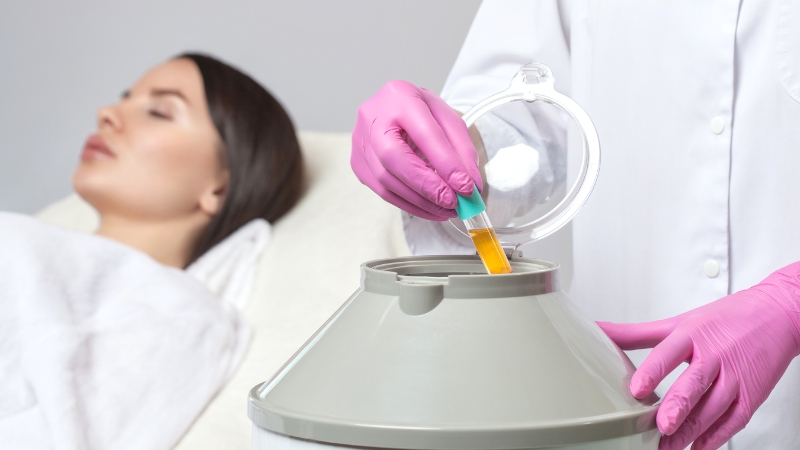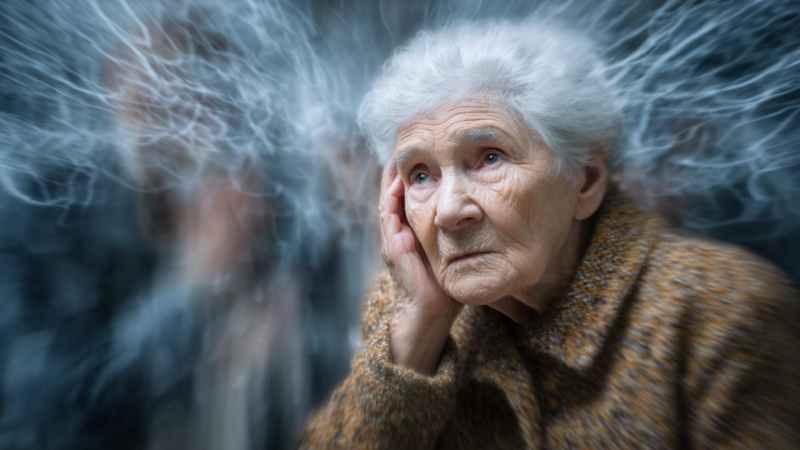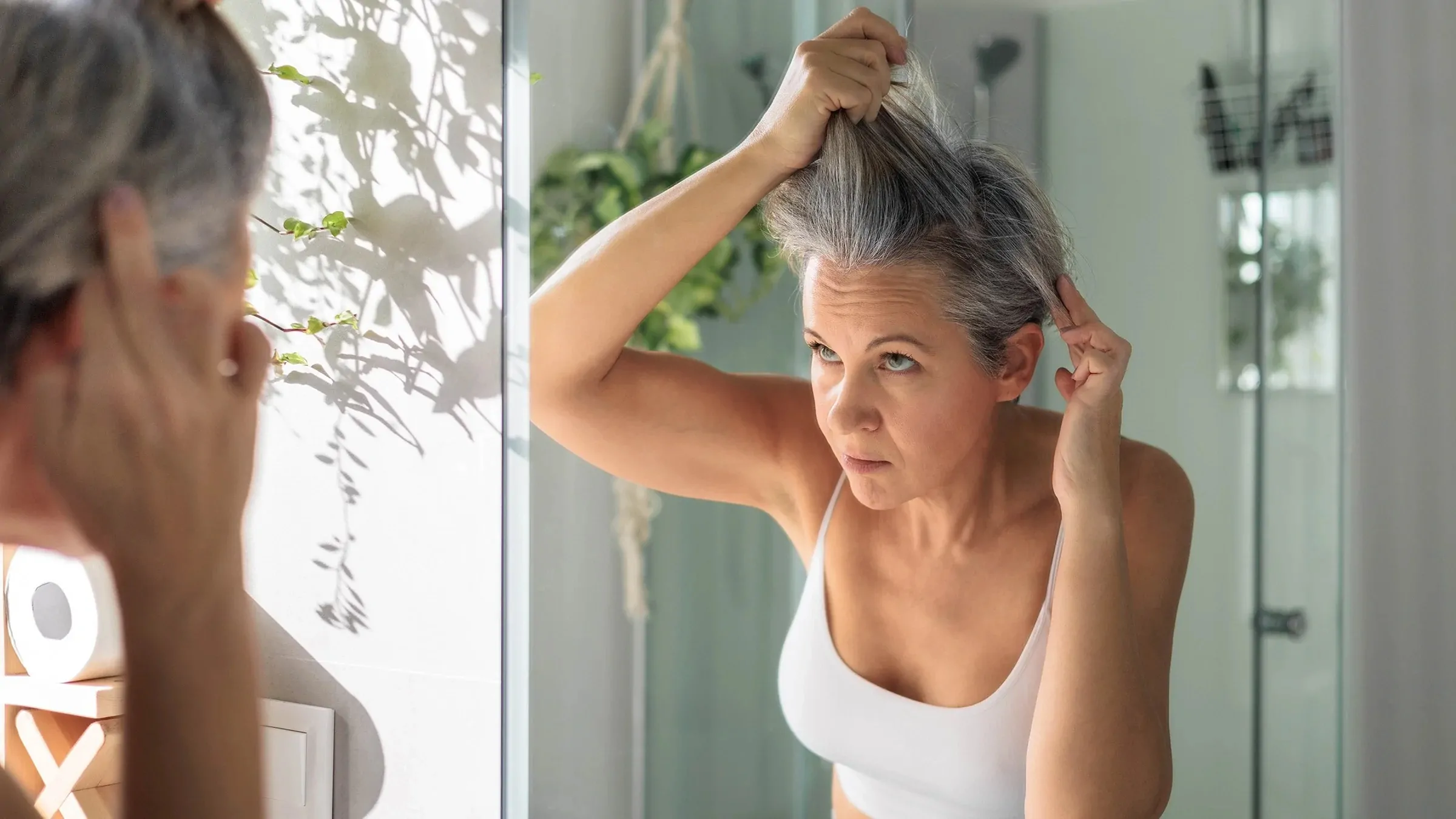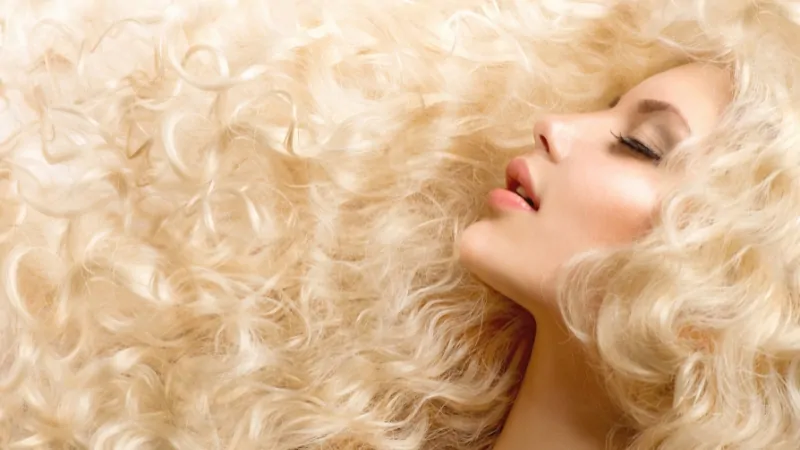
Share Post:
Yes, you can perm bleached hair, but it comes with significant risks, including breakage, dryness, uneven curl patterns, and chemical overprocessing.
Because bleached hair is already structurally weakened, perming it adds stress that can lead to damage if not handled with expert care.
If you wish to perm bleached hair safely, it requires extensive preparation, professional assessment, deep conditioning before and after, and realistic expectations about results and maintenance.
Table of Contents
ToggleWhy Bleached Hair Is Fragile
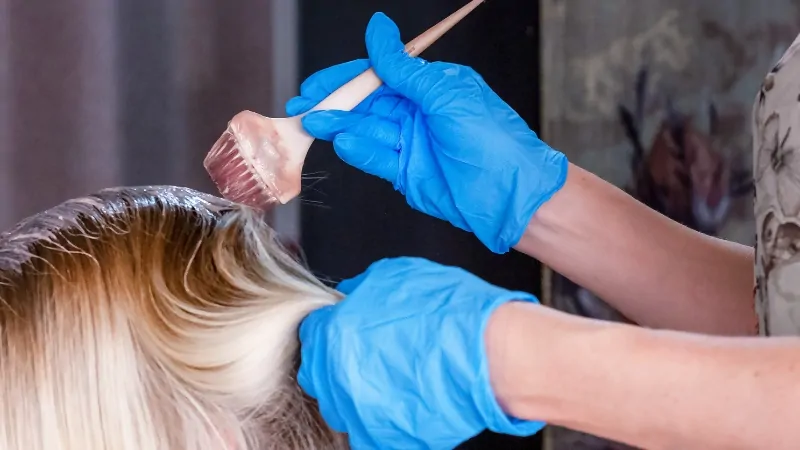
Bleaching removes the natural pigment from your hair by using strong chemicals like hydrogen peroxide and ammonia.
If you want to lighten hair safely, consider working with a professional who can choose milder formulas and monitor processing times to limit damage.
This process lifts the cuticle layers, allowing the bleach to penetrate and dissolve melanin, but it also dissolves protein bonds and weakens the hair shaft.
Effects of Bleaching on Hair Structure
Effect
Description
Cuticle lifting
Hair cuticle becomes raised, making hair rough and porous.
Protein bond breakdown
Disulfide bonds break, weakening the internal structure.
Moisture loss
Hair loses its natural moisture barrier, leading to dryness.
Elasticity reduction
Hair stretches less and is prone to snapping when wet.
Porosity increase
Hair absorbs water and products quickly but struggles to retain them.
Because perming also breaks and reforms disulfide bonds to reshape the hair, the combination with already bleached strands can push hair past its breaking point.
What Can Go Wrong if You Perm Bleached Hair
- Breakage and Split Ends – Weak hair strands can snap during the perm wrapping process or during the chemical reaction. Even gentle tension from rollers can break fragile bleached hair.
- Dryness and Frizz – Perming further depletes moisture, leaving hair frizzy, straw-like, and hard to manage.
- Uneven Curl Patterns – Damaged areas may not hold curls well, leading to a mix of tight and limp sections that are hard to style.
- Elasticity Loss – Hair may stretch and stay stretched, creating a gummy, mushy texture.
- Color Fading – If you have tinted your bleached hair, perming can strip or alter color tones, requiring additional color correction.
Risks vs. Preventive Measures
Risk
Prevention/Minimization
Breakage
Trim ends before perming, use smaller sections, and gentle handling.
Dryness
Deep condition pre- and post-perm, use moisture-retaining products.
Uneven curls
Professional application only, avoid overlapping processed areas.
Elasticity loss
Use bond builders (Olaplex, K18) before and after treatment.
Color fading
Expect a slight fade; recolor 2–3 weeks post-perm if needed.
6 Expert Tips to Safely Perm Bleached Hair
1. Consult a Professional
Attempting to perm bleached hair at home is one of the fastest ways to end up with severe damage, breakage, and unpredictable results. A professional stylist brings years of technical knowledge and the ability to assess your hair’s readiness for such a chemical process.
They will begin with a strand test, taking a small section of your hair to test its elasticity, porosity, and structural integrity. This step is essential because bleached hair can appear strong when dry but become gummy or fragile when wet, revealing hidden damage that would make perming too risky.
A professional will also evaluate whether your hair can handle further chemical treatment and identify areas that may need additional prep before proceeding.
They will choose acid-balanced or low-pH perm solutions designed specifically for compromised or previously processed hair, reducing the aggressiveness of the chemical restructuring while still delivering results.
If a stylist advises against perming your hair after a strand test, it is wise to listen, as they are prioritizing your hair’s long-term health over a quick transformation.
2. Prepare Your Hair
Proper preparation is non-negotiable when it comes to safely perming bleached hair. Spend at least 2–3 weeks deep conditioning your hair regularly, focusing on moisture-rich masks and treatments that replenish hydration levels.
Bleached hair lacks the protective oils and proteins that keep hair resilient, so strengthening your hair with protein treatments will help fortify it before exposing it to the perm solution.
During this prep phase, avoid additional chemical treatments like toning, additional bleaching, or even heavy heat styling, as these can further compromise your hair’s condition. Prioritize using leave-in conditioners, oils, and protective serums to maintain elasticity and improve your hair’s moisture balance.
This preparation period will also give you and your stylist a clear sense of how your hair behaves under care, helping to adjust expectations before proceeding with the perm.
3. Choose the Right Perm Type
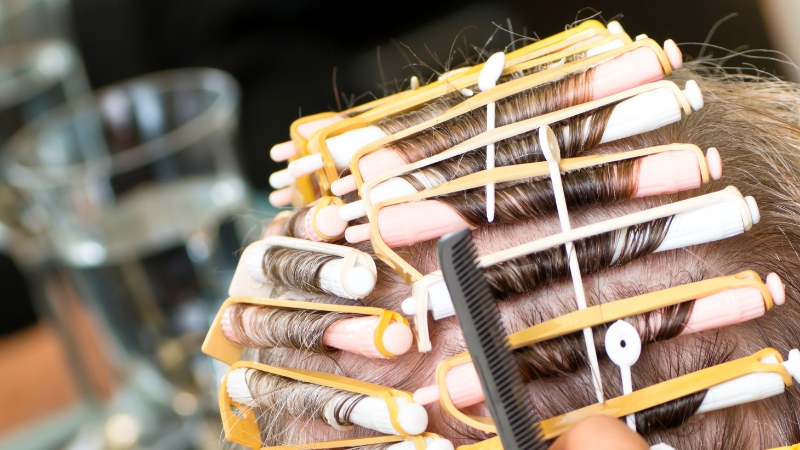
Not all perms are created equal, and the type of perm you choose will greatly impact your results and hair health. For bleached hair, it is critical to opt for acid perms with a pH of 6.5–7.0 rather than alkaline perms, which can have a pH of 9.0 or higher.
Acid perms are less aggressive on the hair cuticle and internal structure, making them safer for chemically processed hair. While acid perms generally produce looser, softer curls rather than tight ringlets, they provide a safer option that prioritizes the integrity of your hair.
Your stylist may recommend specific rod sizes and wrapping techniques that minimize tension and stress on fragile areas, ensuring the curls develop evenly without pulling on weaker strands.
4. Use Bond Builders
Bleached hair has broken disulfide bonds that weaken its structure, and the perming process requires breaking and reforming these bonds again to reshape the hair. This double stress can easily lead to breakage if not managed carefully.
Bond-building treatments like Olaplex, K18, or Redken Acidic Bonding are game-changers in this scenario. These products actively rebuild and protect hair bonds during chemical processes, helping to maintain strength, elasticity, and resilience.
Using bond builders before, during, and after the perm process will greatly reduce your risk of excessive breakage and help your hair retain moisture, ensuring curls form with better definition and bounce. Incorporating these treatments into your regular care routine post-perm will also aid in long-term recovery and maintenance of your hair health.
5. Adjust Expectations
Perming bleached hair requires honest, realistic expectations. Chemically processed hair does not behave like virgin hair, and while perms can enhance your texture, they may not deliver tight, springy curls. Instead, expect looser, softer waves that may require styling aids to hold their shape.
The focus should be on achieving a manageable texture that enhances your look without compromising hair health.
It is also important to understand that your hair may require extra hydration and care to maintain these curls, and you may experience some frizz or uneven curl patterns depending on your hair’s condition. Embracing these nuances will help you appreciate your new texture without frustration, allowing you to focus on nourishing your hair for the best possible results.
6. Post-Perm Care
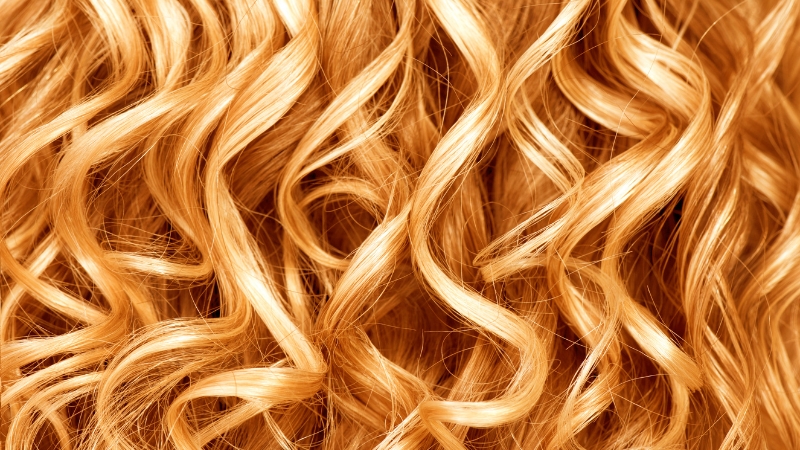
Post-perm care is essential for maintaining both your curls and your hair’s health. Avoid washing your hair for at least 48–72 hours post-perm to allow the new curl pattern to set properly. When you do wash your hair, use sulfate-free, moisturizing shampoos and conditioners to prevent stripping away essential moisture.
Minimize heat styling as much as possible, and when heat is necessary, always use a heat protectant to prevent additional damage. To reduce frizz and friction while you sleep, switch to a silk or satin pillowcase, which is gentler on your hair and helps preserve your curls’ shape.
Incorporate weekly deep conditioning treatments and leave-in moisture products to keep your curls hydrated and elastic. If possible, use wide-tooth combs instead of brushes to detangle, starting from the ends and working your way up to avoid breakage.
How Long to Wait After Bleaching Before Perming
Ideally, you should wait at least 4–6 weeks after bleaching before attempting a perm. This window allows your hair to regain strength, moisture, and elasticity, reducing the risk of irreversible damage during the perm process.
Use this time wisely to deep condition, trim split ends, and treat your hair with leave-in products that boost resilience.
During this period, monitor your hair’s behavior when wet and dry. If your hair feels gummy when wet or snaps easily during detangling, it may not yet be ready for a perm, and further recovery treatments are necessary before considering the chemical process.
Is Perming Bleached Hair Worth It?
@joergmengelfriseure The result! Perm on bleached hair! PART 2 from #thepermexperts #foryou #foryoupage #hair #perm #spiralperm #newstyle #locken #curlyhair #unbelievable #curly #fypage #trend #omg #joergmengelfriseure #longhair #hairdresser #salon #trending #trendy #blonde #blondehair #blondegirl ♬ DIGGIN YOU – Redboi
Perming bleached hair can give you the texture and volume you desire, but only if your hair is in reasonably healthy condition and you are prepared for the commitment to aftercare. If your hair shows signs of extreme dryness, breakage, or elasticity loss, it may be safer to explore alternative styling methods, such as heatless curl techniques, to prevent further damage.
For those ready to proceed, perming can enhance your style while maintaining hair health, provided you follow all preparation and post-care recommendations. Always prioritize the long-term health of your hair over a quick change in texture, as healthy hair is the foundation of beautiful, manageable curls.
Bottom Line
You can perm bleached hair, but it demands:
- Professional evaluation and guidance to assess your hair’s readiness.
- Preparation with deep conditioning and bond-building treatments to protect hair structure.
- Use of gentler, acid-balanced perm solutions to reduce chemical stress.
- Adjusted expectations about curl type and maintenance post-perm.
- Consistent post-perm care to keep hair hydrated and strong.
If you are considering a perm, now is the time to create your resume of hair treatments and share it with your stylist. Detailing your hair’s chemical history will help your stylist design the safest, most effective approach for your goals, ensuring that your journey to curly or wavy hair enhances your look without sacrificing hair health.
Perming bleached hair is possible, but it is a journey that requires patience, preparation, and dedicated aftercare. When done right, it can be a beautiful enhancement to your style while maintaining the integrity of your hair for years to come.
Related Posts:
- How Does a Korean Perm Differ From a Regular Perm?
- How Smoking Can Lead to Hair Loss and What You Can…
- Choosing the Right HRT: Patches, Gels, and Pills Explained
- Is Your Hair Long Enough for a Perm? Men’s Guide to…
- Can You Leave Olaplex 3 On Overnight? You Might Be Suprised…
- How Much Does a Perm Typically Cost in the US?



